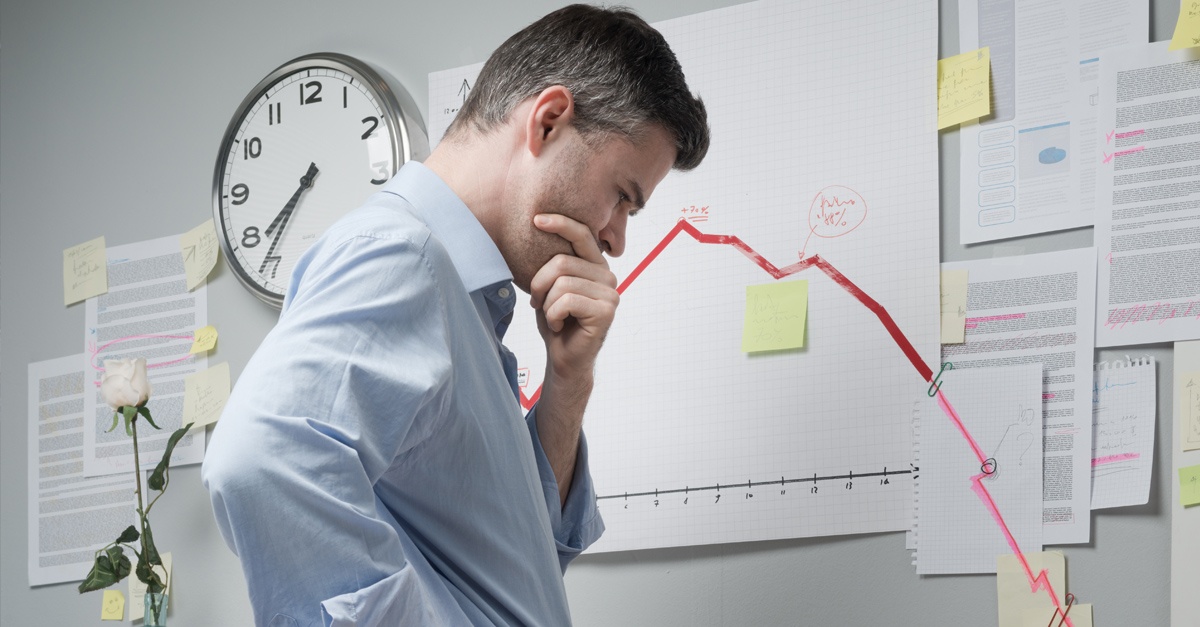Insolvency in individuals and self-employed. The second chance law

The State of Alarm declared by the Government has brought with it the need to take measures for all those who have seen their economic activity diminish. Many individuals and the self-employed live with the uncertainty of not knowing when we will be able to return to normality, worried about their activities and businesses, and above all about the economic situation they will have to face once the situation rises. the State of Alarm.
Despite the fact that the Second Chance Law came into force in 2015 and of the advantages it offers, there are still many individuals and self-employed individuals in a situation of insolvency who do not take advantage of it due, to a large extent, to ignorance about it.< /p>
The Second Chance Law includes the mechanisms available to individuals and the self-employed, in order to enable them to overcome their insolvency situation and lighten their financial burden. Said law supposes in most cases an economic relief, making it possible for individuals and the self-employed to have the option of starting bankruptcy proceedings, more typical of companies.
Second chance law. Its Phases.
The Second Chance Law includes two different phases:
- In its initial phase, it seeks to reach an out-of-court payment agreement, that is, to renegotiate the debt with the creditors, in order to achieve a payment of the credits owed in the future. During the negotiation of the agreement, an alternative payment plan and schedule must be proposed, that is, the agreement must include haircuts and waiting periods, which may not exceed 10 years. It should be noted that the negotiation process may last a maximum of two months.
- In the event that the out-of-court payment agreement does not come to fruition, we would enter the second phase, that of the benefit of exoneration of unsatisfied liabilities. In this second phase, the debtor will have already entered into bankruptcy, once it has concluded, either due to liquidation or insufficient assets, the debtor may request the bankruptcy judge to obtain the benefit of the exoneration of the unsatisfied liability .
It may interest you:”Legal Advice in front of to COVID-19”
What debts can be exonerated through the Second Chance Law?
Now the question we must answer is, what debts can be exonerated through the Second Chance Law?
Not all debts can be canceled through the benefit of the exoneration of unsatisfied liabilities. Until July 2019, exemption was allowed for all debts that had been classified as privileged, subordinated and ordinary credits, excluding debts contracted with public administrations and food credits. But the Supreme Court established in its judgment of July 2, 2019 that public credits should also be included, establishing that the judge has the capacity to exonerate a percentage of them, which can reach exceed 70% of its amount, dividing the remaining amount of the debt into a period of up to 5 years. Therefore, since July 2019, the courts are allowed to forgive a percentage of the credits that the debtor has with the Administration and split the payment of the remaining amount.
Credits that could not be exonerated
For credits that could not be exonerated, the debtor must submit a payment plan proposal, which must be paid by the debtor within the five years following the conclusion of the contest, unless the credits matured after said period.
It is important to note that any creditor is entitled to request the bankruptcy judge to revoke the exemption benefit, if during the five years following its granting it is found that the debtor has hidden assets or rights, as well as the existence of income. They may also request the revocation if it is verified that the debtor did not act in good faith, or if they breached the obligation to pay the debts that were not exonerated, or if their economic situation substantially improved so that they could meet all outstanding debts. In the event that the judge agrees to revoke the benefit, the creditors may initiate actions against the debtor, in order to enforce the credits that have not been satisfied in the bankruptcy.
On the contrary, if after the period set for compliance with the payment plan the exemption benefit has not been revoked, the bankruptcy judge will recognize the definitive nature of the exoneration, that is, that the debts will disappear effectively once the period of 5 years has elapsed from the granting of the benefit of exoneration of the unsatisfied liability.
It may interest you:”Lawyers specialized in Bankruptcy Law”






